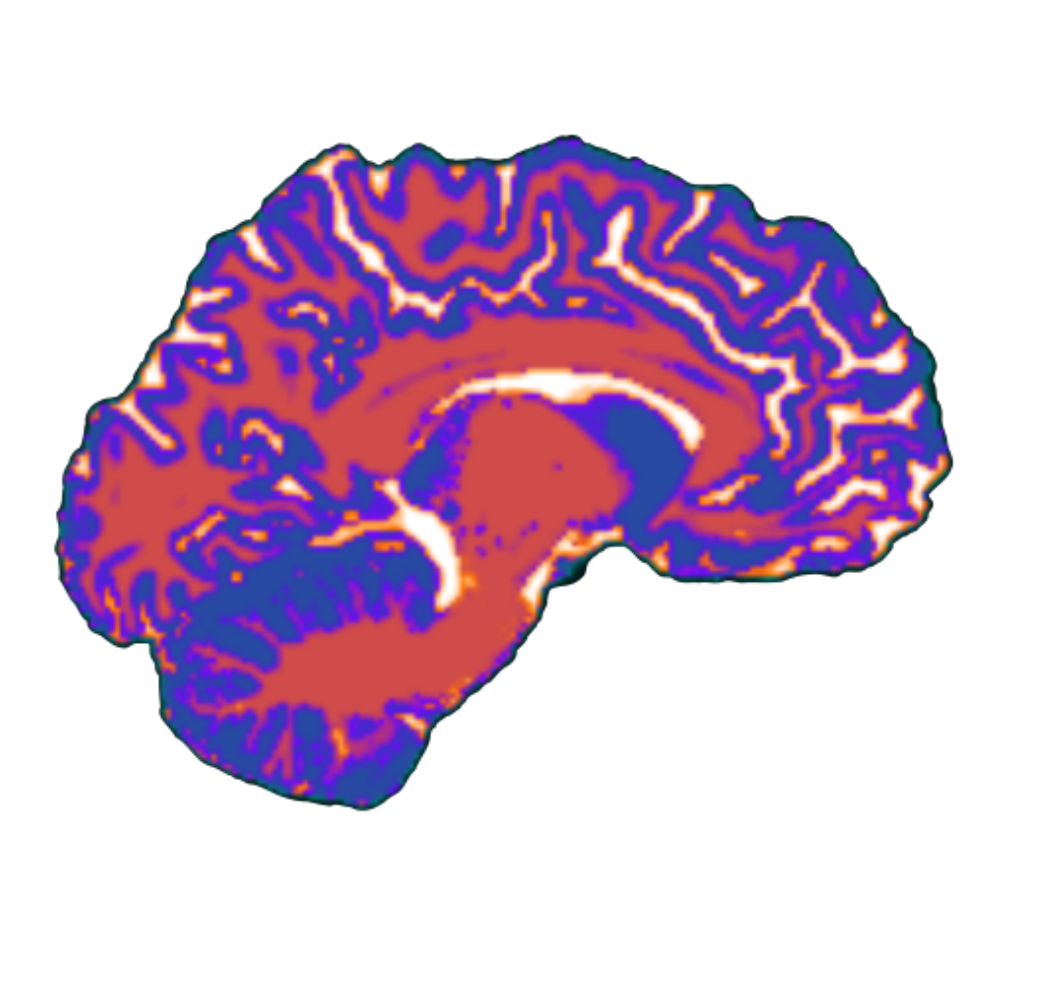Cerebellum, ASD, and abnormal development
Many of these observations come from the following paper: Van der Heijden et al. (2021)
- Only 5-30% of ASD cases can be explained by a known genetic cause, suggesting that genetics is not the only factor at play (Schaaf et al. 2020)
- Recent studies have reported that up to 40% of infants with cerebellar hemorrhage and lesions are diagnosed with ASD (Steggarda et al. 2009; Zayek et al. 2012; Stoodley & Limperpaolos 2016; Volpe, 2009).
- These hemorrhages are overrepresented in severly premature infants who are born during a period of highly dynamic cerebellar development that accompanies a 5 fold expansion, increases in structural connectivity, and rearrangement of local neural circuits.
- Preterm birth and cerebellar hemorrhage coincide with, and may specifically disrupt, the period of highly dynamic cerebellar development that is characterized by morphologic and synaptic reorganization there may be a developmental time window during which the cerebellum is central for the acquisition of cognitive function and social skills
- The links between developmental deficits in the cerebellum and the neurological dysfunctions underlying ASD are not completely understood.
- Is cerebellar development important for the generation of the social and cognitive brain or is the cerebellum part of the social and cognitive brain itself?
- Autism spectrum disorders (ASD) are a heterogenous group of neurodevelopmental conditions that involve impaired social interactions and restrictive or repetitive behaviors as core symptoms (Association AP. Diagnostic and statistical manual of mental disorders (DSM-5®). 5th ed. Revised. American Psychiatric Pub; 2013). These symptoms must present early in the developmental period, cause impairment in social or occupational functioning, and may not be explained by intellectual disability or social delay to meet the criteria for ASD diagnosis based on the DSM.
- Based on these findings, researchers have hypothesized that there may be a developmental time window during which the cerebellum is central for the acquisition of cognitive function and social skills (Wang et al. 2014).
- Functional imaging studies in humans have revealed cerebellar activity in many different tasks (Stoodley et al. 2012; Guell et al. 2018; King et al. 2019), adding working memory, emotional and social processing and language to the core functions of the cerebellar circuit.
- Activation in the cerebellum during social and cognitive tasks is not merely the result of an efferent copy signal but a direct modulation of neural circuits classically associated with higher order functions (Fujita et al. 2020; Pisano et al. 2021). Recent work in humans has corroborated this finding (King et al. 2023).
